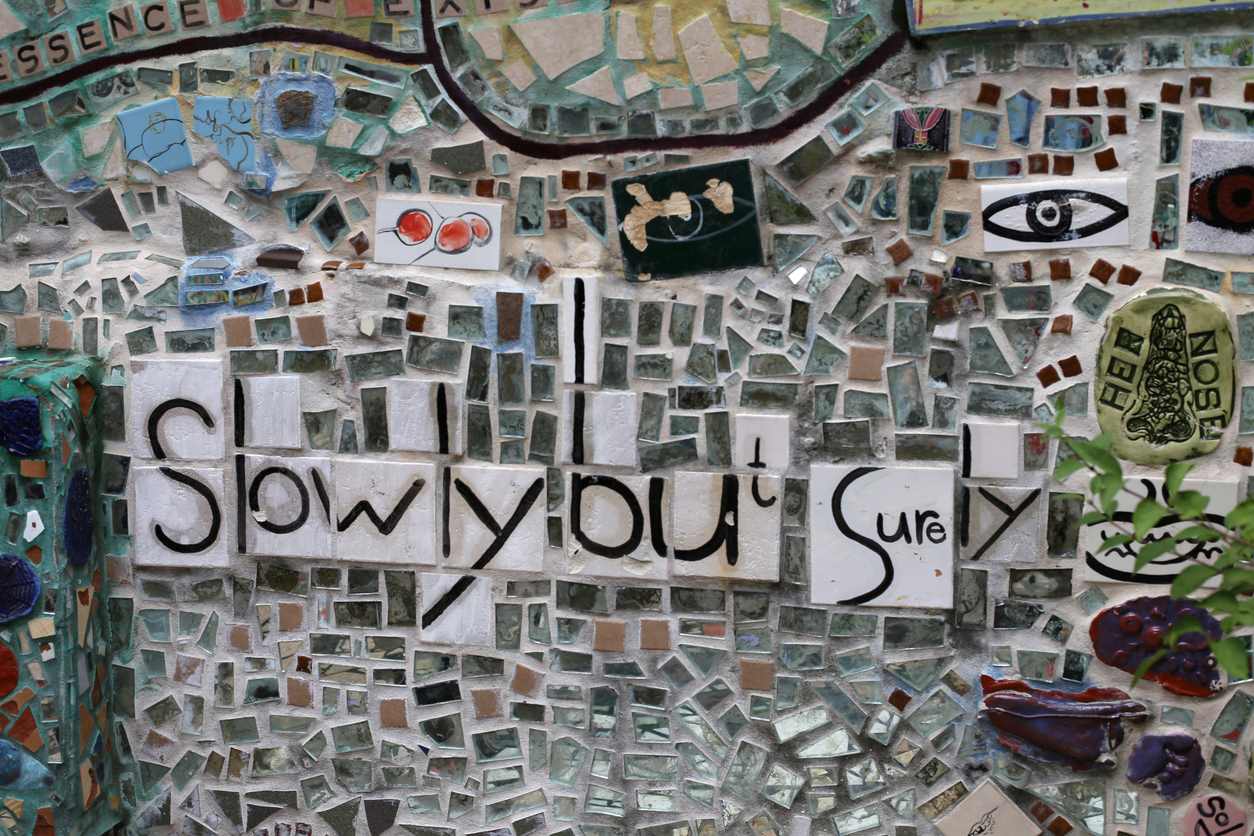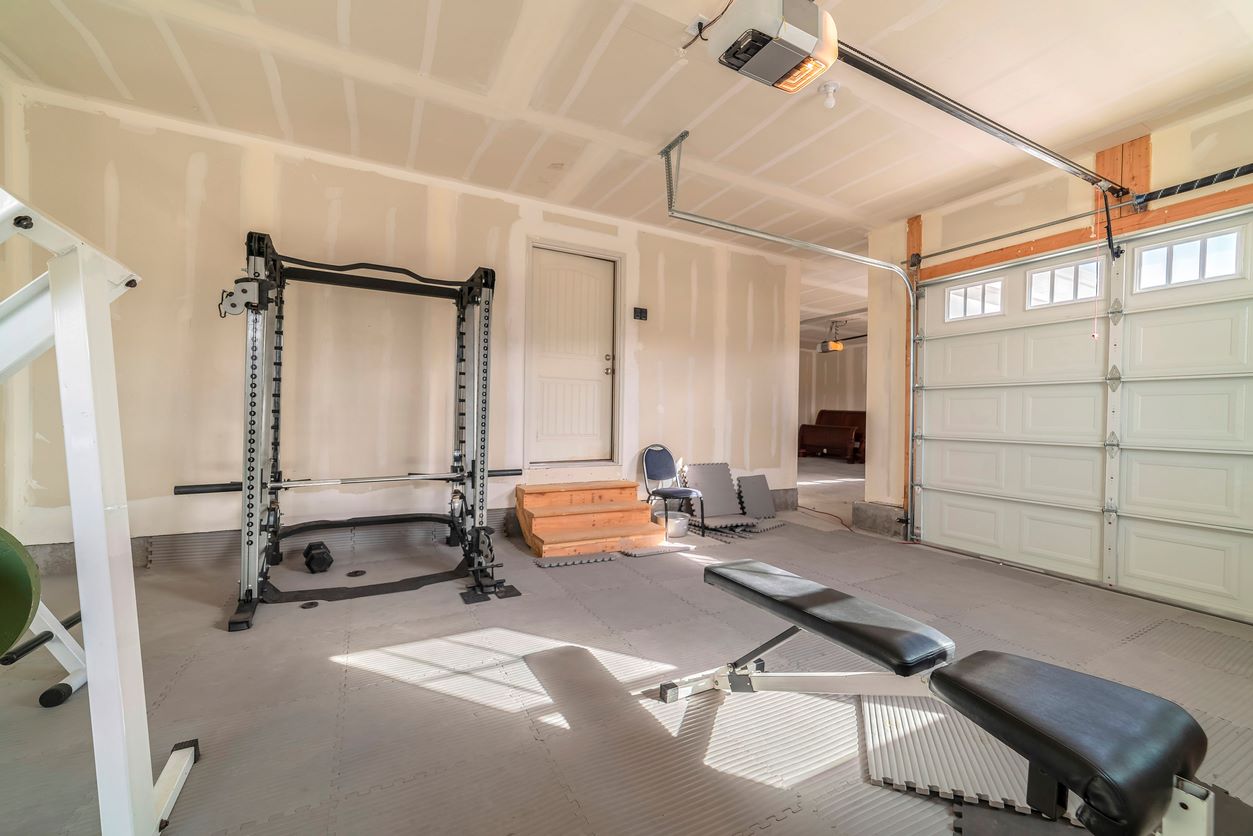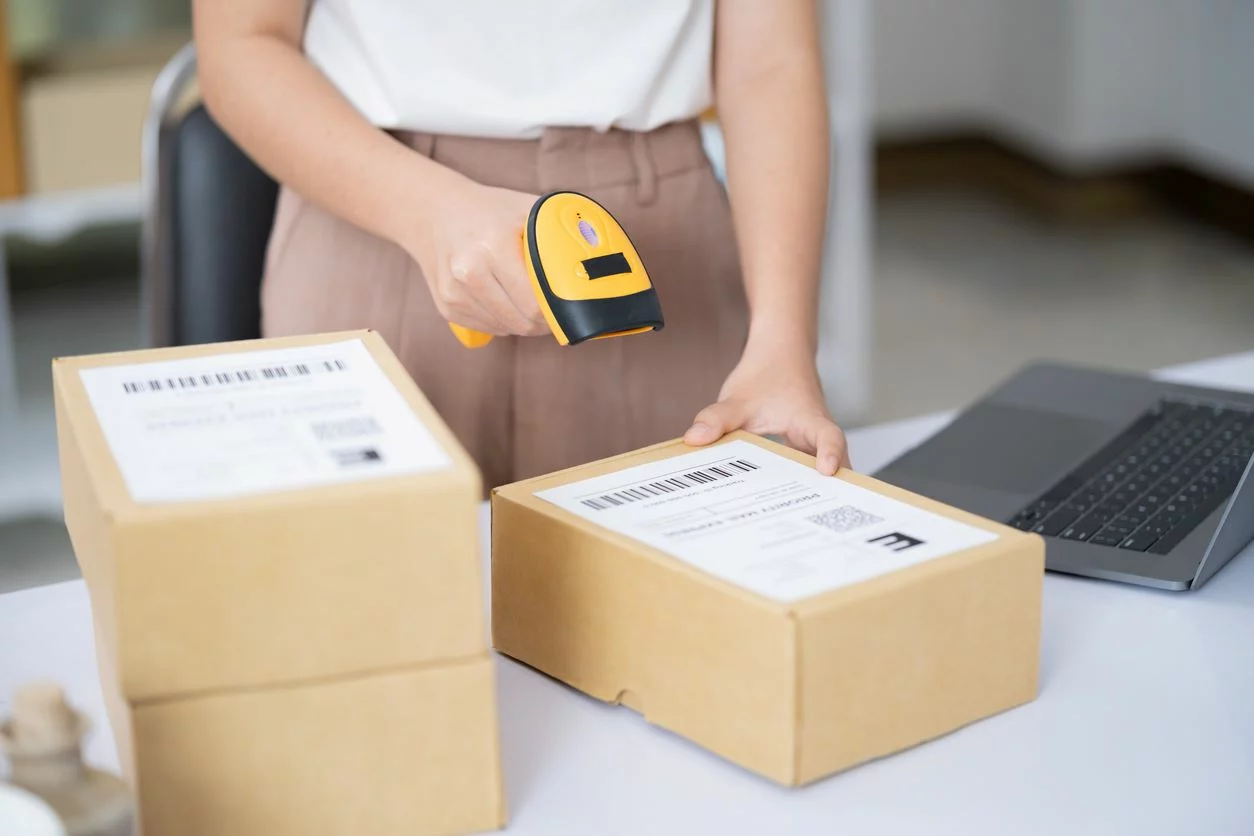Get Your Green Thumb Back This Spring
There’s no better time to go outside and get your hands dirty than the break of spring. As the sun begins to emerge and cold weather becomes a thing of the past, many people take the chance to spruce up and revitalize their home gardens—or in some cases, plant them for the first time.
There’s endless enjoyment to be had maintaining spring garden plants, but whether you’re a novice gardener or a bona fide horticulturist, there are some important things to keep in mind. In addition to understanding when to plant your spring garden and what you want to grow, you must consider the impacts your environment and space situation will have throughout the process.
Things To Remember
There are countless factors when it comes to maintaining that Spring garden you’ve dreamed about. Keep reading for more spring planting tips and for ideas on what to plant in your spring garden.
Soil Quality and Climate
One of the most important factors in successfully maintaining a spring garden is understanding how where you live impacts what you can plant. Differences in temperature and soil hardiness around the world means certain plants will only grow in certain areas. For example, many vegetables like carrots require a cool climate, so they’ll only grow in warm areas during the winter and in cold areas during the summer. Research your region’s annual climate, soil hardiness, and general gardening guidelines to rule out things that won’t survive in your yard.
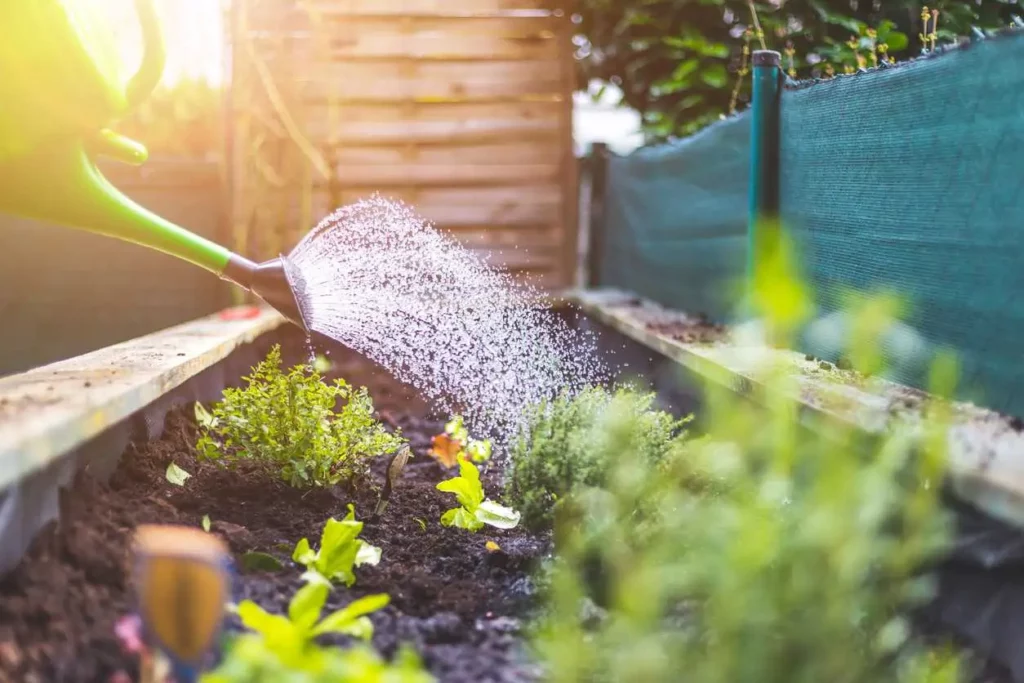
Grow What You Have Room For
In addition to environmental constraints, you also need to consider what your physical limitations will be when starting a spring garden. Apartment dwellers will likely have much less space to work with than homeowners, and even then, everyone’s situation is different. Measure the space you plan to use ahead of time and plan where things will go to ensure you won’t run out of room.
It Will Take Time
Arguably the most important thing to remember when beginning the process of planting a spring garden is that results won’t come overnight—or even very fast at all. Plants take a long time to grow, especially many of the crops often planted in the spring. But if you remain patient and commit to watering and maintaining your plants, it will feel that much more rewarding when they bloom.
Best Flowers To Plant in Spring
When considering the best flowers to plant in spring, many opt for bright, vivacious colors to match the vibrancy of the changing seasons. Petunias, marigolds, and pansies are among some of the prettiest and most popular springtime flowers that need to be planted annually. Zinnias, gladiolus, and hydrangeas are other flowers you’ll commonly find in home gardens, and if you have enough space, you’ll see quite a few sunflowers and morning glories.

Best Vegetables To Plant in Spring
Nothing beats the taste of a fresh spring salad, especially when you grew all of the ingredients yourself. The best vegetables to plant in spring just happen to be some of the tastiest, and they’re all relatively easy to grow if you know what you’re doing. Get your greens in by planting cabbages, kale, lettuce, and broccoli as the winter ends, and follow it up with some spinach, arugula, and leeks. Apartment gardeners or other people working with limited space often have success planting peppers, cauliflower, onions, and more small vegetables.
Best Fruits To Plant in Spring
Biting into a juicy, ripe fruit you picked from your garden is one of the top ways to enjoy warm weather. When considering the best fruits to plant in the spring, you need to think about what you enjoy but also what will be easy to grow. Strawberries, blueberries, raspberries, and blackberries are some of the simplest fruits to plant and can be an easy and delicious snack. Grapes, tomatoes, and melons take up a little more space but can be some of the best-tasting fruits you can grow when done right. And if you have the space to plant a fruit tree, your options expand tremendously. Cherries, peaches, and apples can be harvested after your tree has grown.
Rent Storage for Gardening Equipment With Safeguard Self Storage
Maintaining a garden is undoubtedly rewarding, but it takes a lot of equipment. If you find that your home, garage, or shed can’t fit all of your gardening gear, consider investing in some extra space with Safeguard Self Storage. We offer affordable self storage units across the country with options for business storage, student storage, personal storage, and more. Find the closest Safeguard Self Storage facility to you to get started today!

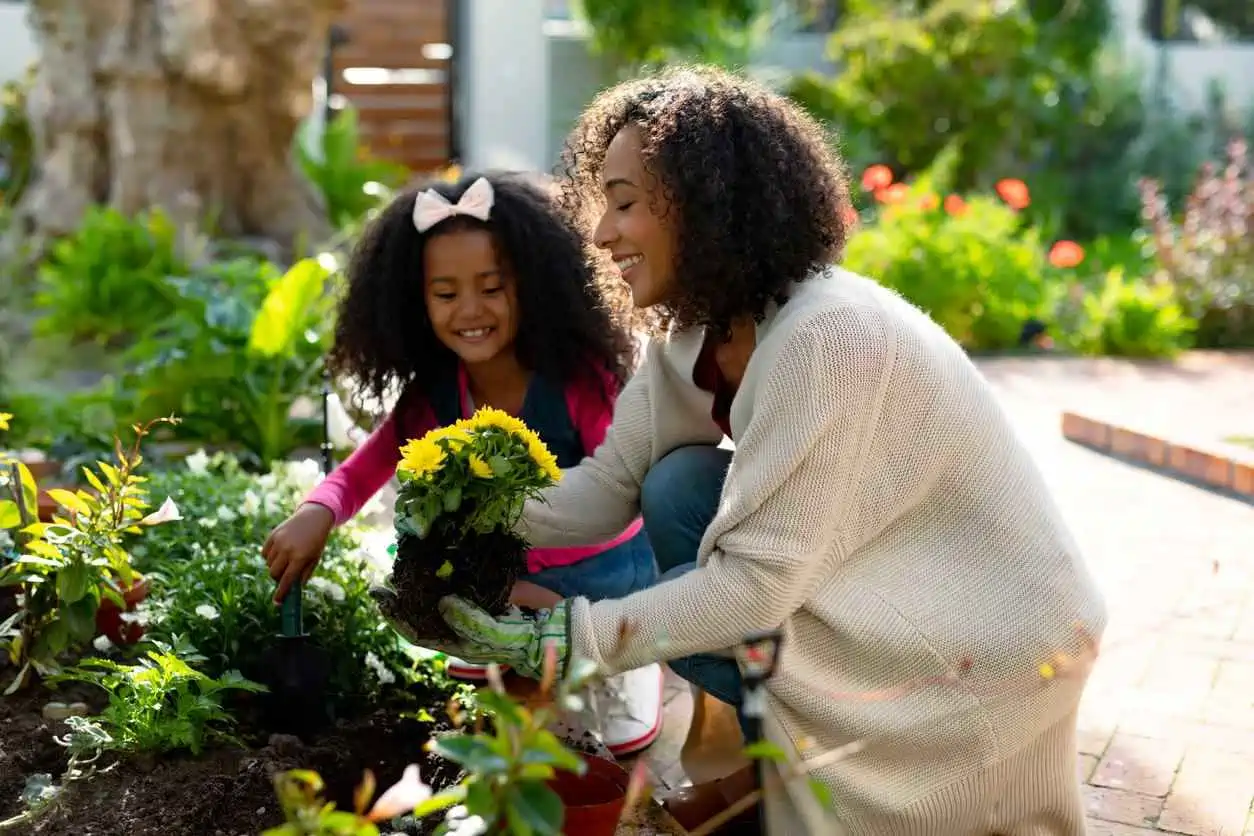 ';
';
